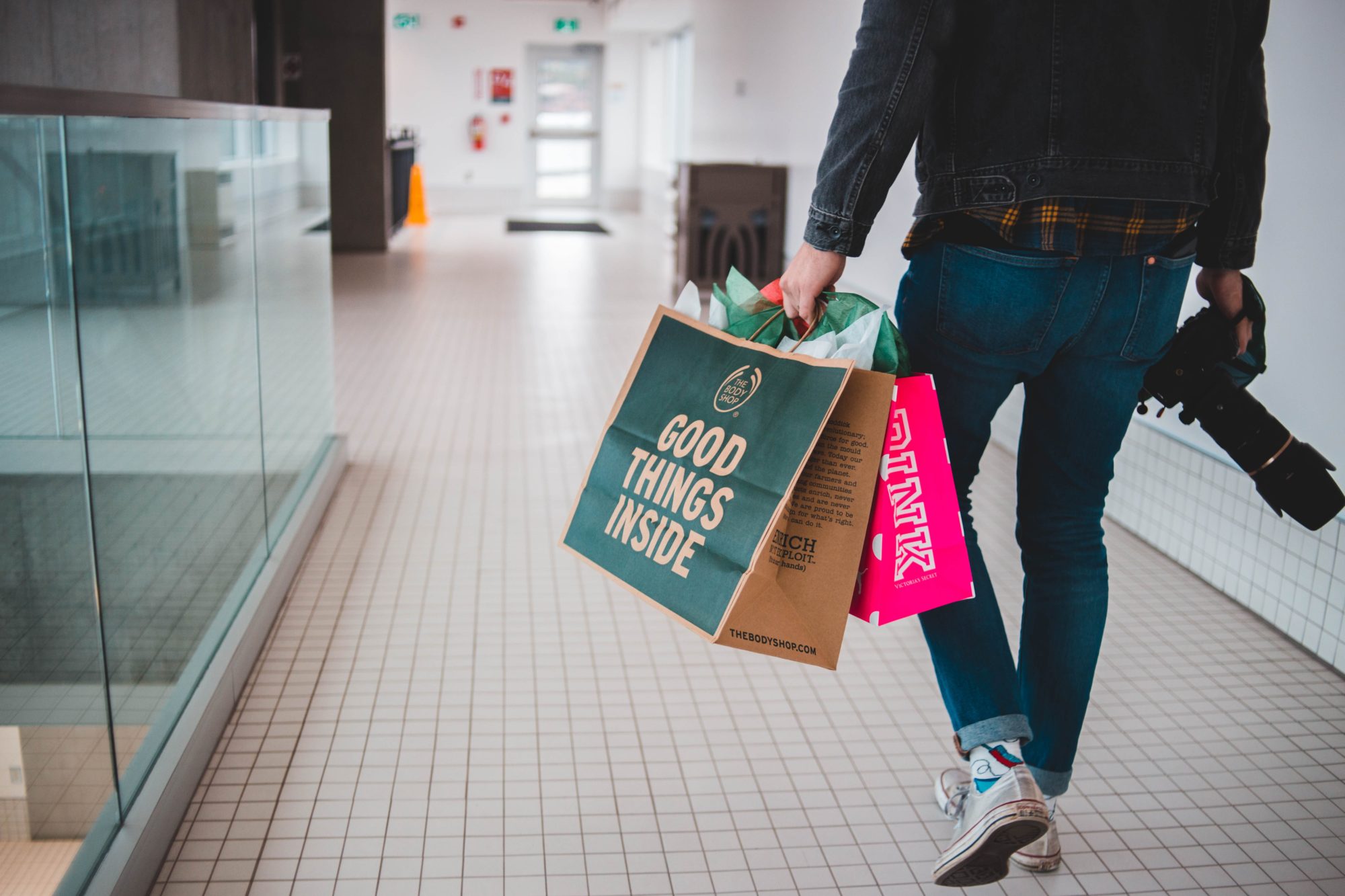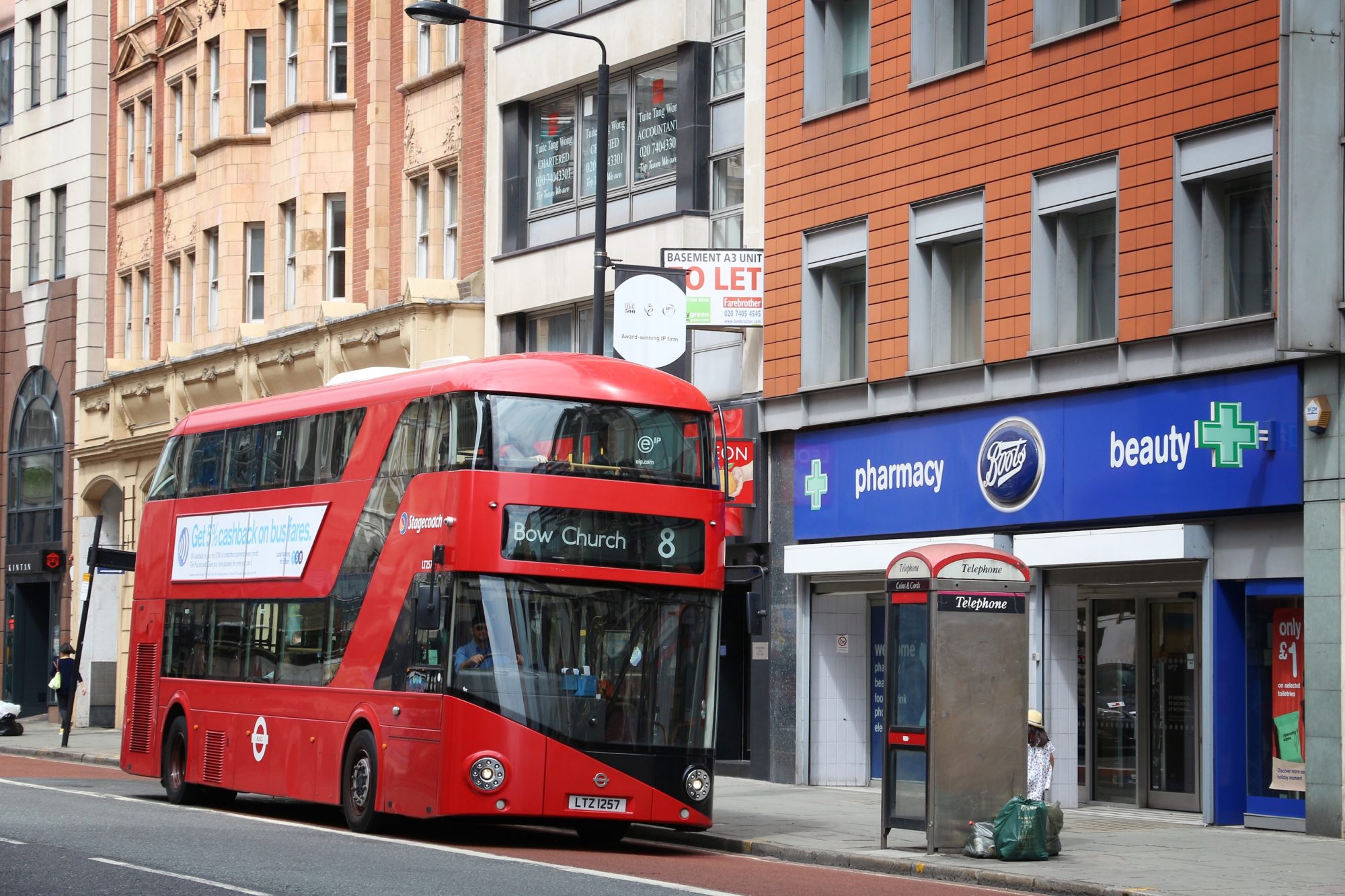
Five ways historical targeting can help predict future behaviors: Part 4 – spontaneity
Much of our current movement must be planned and timed specifically. Public transportation is operating with reduced capacity and social distancing measures in most places. Public spaces and leisure areas face similar precautions, limiting the amount of potential for serendipitous encounters. Less meet-ups with friends to grab a coffee and a bite to eat and less opportunities for well-dressed windows to entice us to purchase.







